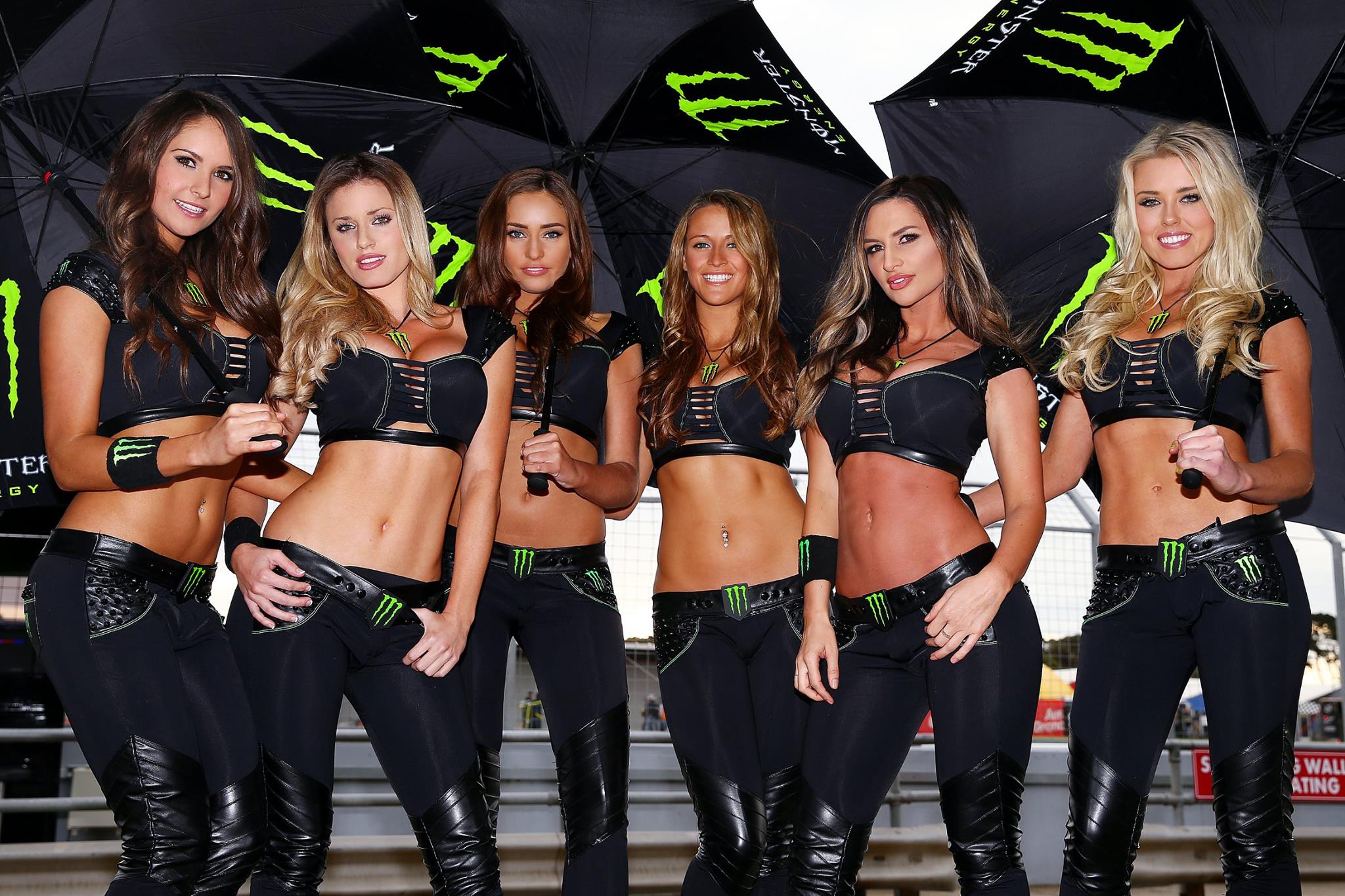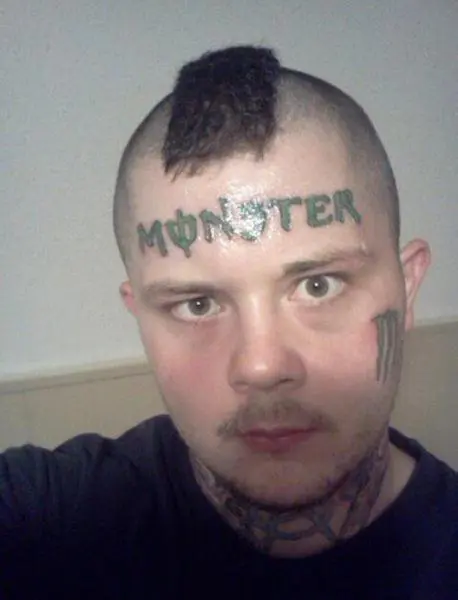Project approach:
When I first started this project, it was pretty lighthearted. As an avid Monster Energy drinker, I was curious about the flavors people around the world would want and the patterns that emerged from those preferences. When considering how to crowdsource this data, I was naturally drawn to posting on the Monster Energy subreddit. This led me to explore the idea of the Monster 'experience,' incorporating questions about ethos and community.
After publishing my post and seeing responses roll in, I started to reflect more on networks of people and how Monster Energy’s approach to identity impacts its communities. In turn, I wish I had asked more direct questions like, 'How does Monster Energy contribute to your sense of identity?' or 'Do you see Monster as more than just a drink—does it symbolize something larger in your life or community?' These kinds of questions would have allowed me to better understand the deeper cultural and social connections people have with the brand.
But overall, I would say this project has given me a unique perspective on how a simple beverage can shape and be shaped by its community. What started as a lighthearted curiosity about flavors turned into an exploration of ethos, belonging, and the ways in which brands foster networks of identity.
Unleashing the Beast

Monster Energy wasn’t always the beast it is today. It started in 2002 as a small juice company founded by Hubert Hansen decades prior. Now, it dominates the $86 billion energy drink industry, fueled by aggressive branding, extreme sports sponsorships, and a grip on internet culture.
Monster isn’t just selling caffeine. It’s selling an identity—one built on speed, aggression, and a particular brand of untamed masculinity. Monster’s entire image is a spectacle. The clawed “M” logo is a battle cry, slapped onto race cars, BMX helmets, and the backs of motocross jerseys. Its branding leans into chaos—bold black cans, jagged typography, the promise of something raw and unfiltered inside. “Unleash the Beast” isn’t just a slogan; it’s a persona, a lifestyle sold to consumers who crave the illusion of adrenaline even if their wildest stunt is staying up past midnight gaming.
When looking at Monster Energy’s earlier marketing tactics, a stark image comes to mind: A giant monster branded truck surrounded by blonde girls in black and green bikinis.
Does Sex Still Sell? The Monster Girls.

If Monster Energy is selling masculinity, then the Monster Girls are the bait. A staple of the brand’s marketing, these women appear at events, draped in black and neon-green, embodying the “high-energy lifestyle” of the product. They’re portrayed as both sexy and “cool girl” accessible—beautiful but approachable, edgy but not threatening. The branding logic is clear: sell the fantasy alongside the fuel. But it’s 2025, and the conversation around this kind of marketing is shifting. These Monster Girls reinforce outdated western beauty standards, reducing women to brand accessories in a space that already skews hyper-masculine.
Even though this company has built an image off of such signifiers, which still hold prevalent today, I am interested in investigating how the Monster Energy culture has evolved in different alternative circles. For example, how has its image been adopted within digital communities, fashion circles, or even alternative music scenes?
This dissonance, the gap between its original, hyper-masculine image and its broad appeal across disparate subcultures, fascinates me. It prompts me to question: What even is energy? Beyond its literal stimulant effect, could "energy" be understood as a cultural force that unites or transforms or even homogenizes a consumer's lifestyle ?

A quick dive into Reddit threads and survey feedback reveals a different picture—one where college students, office workers, and late night gamers all reach for the can, not because they’re chasing some hyper-masculine fantasy, but because it’s tasty, available, and does the job. Though Reddit has its quirks, it proved the quickest route to centralized insights and revealed a broader cultural shift influenced by internet culture.
There is also a growing cultural awareness that Monster’s extreme branding is, in many ways, a relic of an earlier era. The same consumers who grew up with Jackass-style marketing now engage with it through irony—some embracing the aesthetic unapologetically, while others treat it as a self-aware joke. Monster exists in multiple realities at once: both a genuine subcultural staple and a remnant of "bro energy."
Yet, while these associations held strong in the 2000s and early 2010s, the internet has reshaped Monster’s identity, keeping it culturally relevant in new ways. Alternative circles—skaters, punk kids, and gamers—still claim it, but online spaces have amplified and redefined its meaning. What was once tied to MySpace-era Scene and Emo aesthetics has, through meme culture, nostalgia cycles, and digital subcultures, evolved into something more layered. People continue to embrace its high-caffeine fuel and dark branding, but now their aesthetics blend into broader internet movements that thrive on irony and self aware exaggeration.
Through online culture, these subcultures have not only remained visible but have also transformed into digital signifiers of identity. Monster’s presence has shifted from being just a brand with an “extreme” image to something more complex—a mix of nostalgia, genuine subcultural loyalty, and internet-fueled reinterpretation
